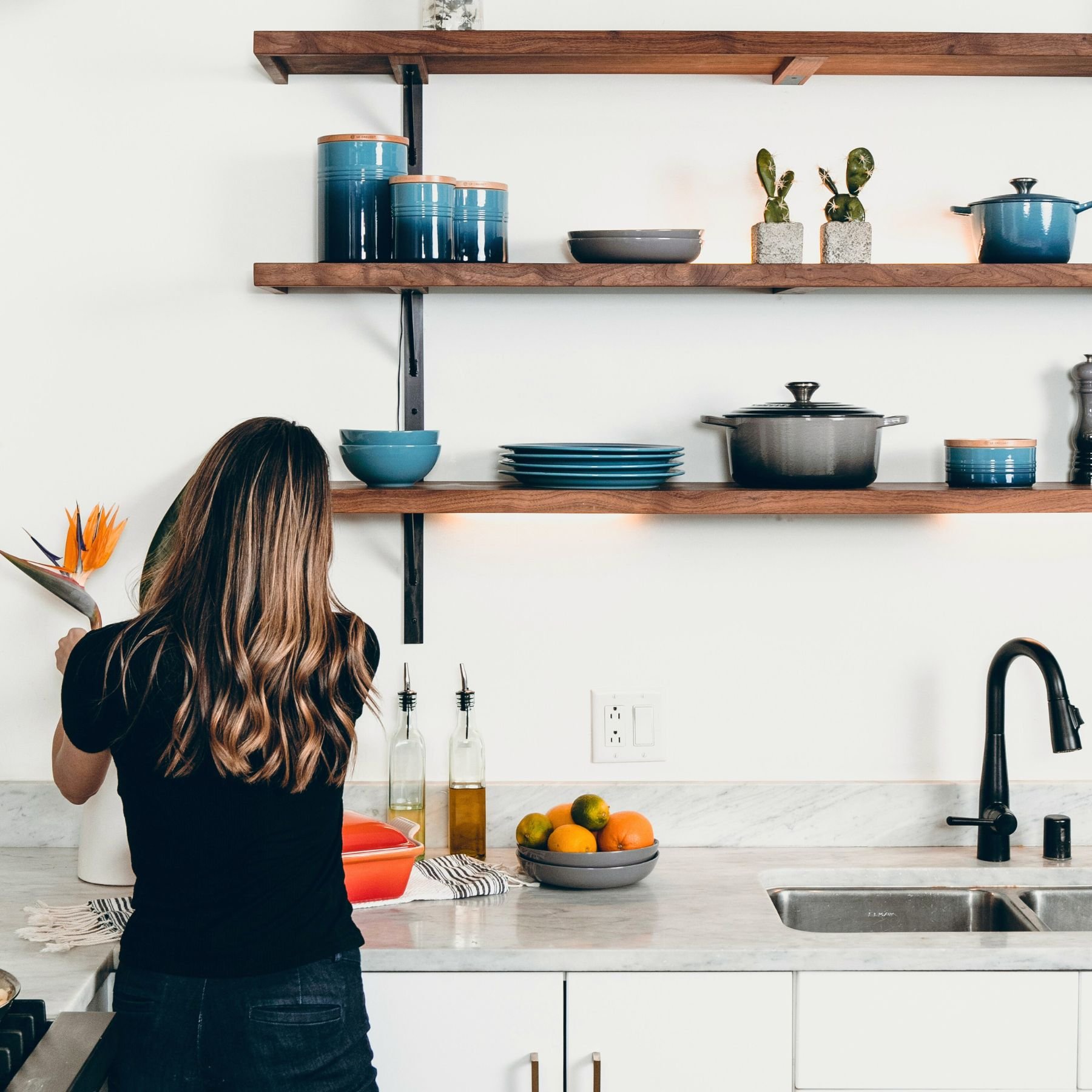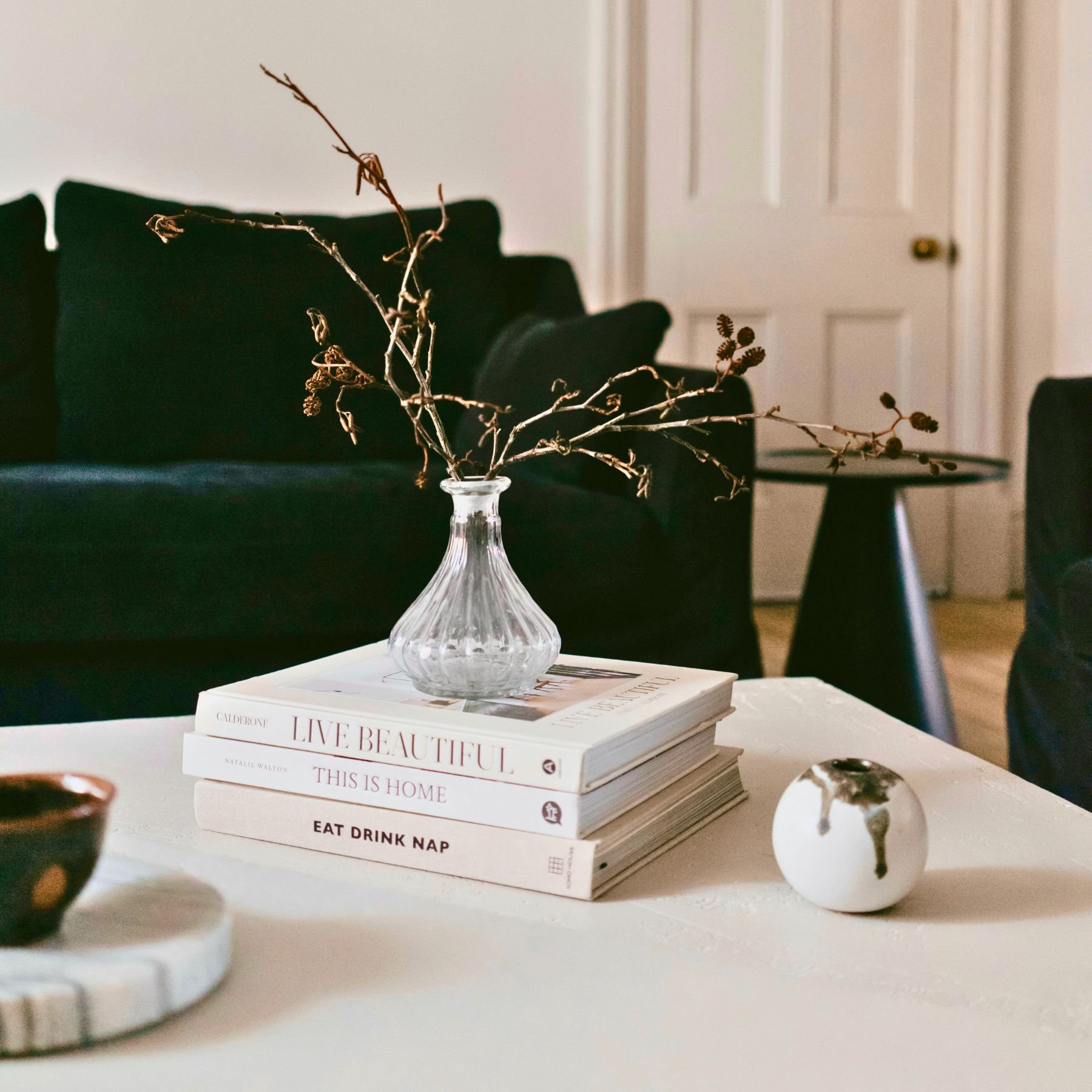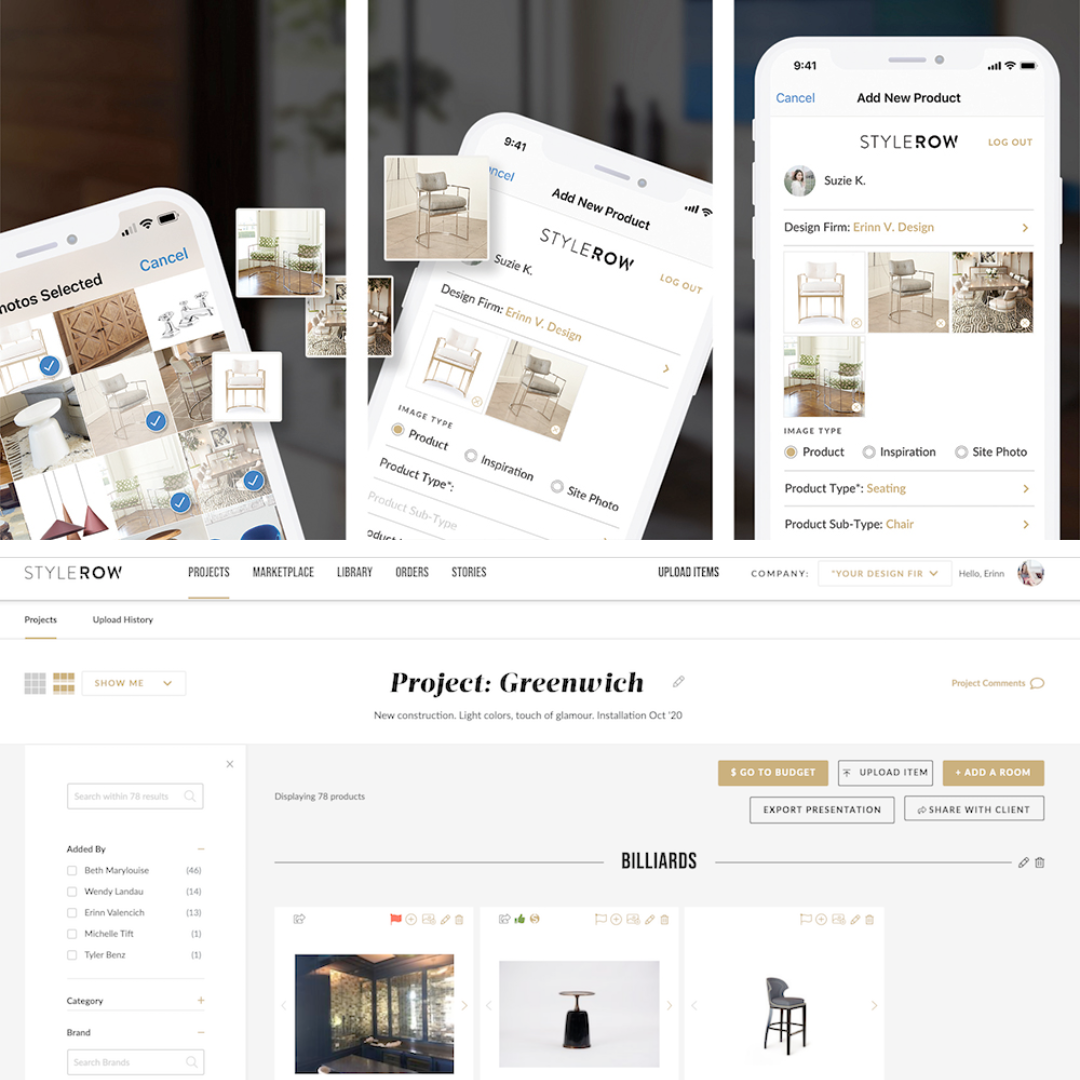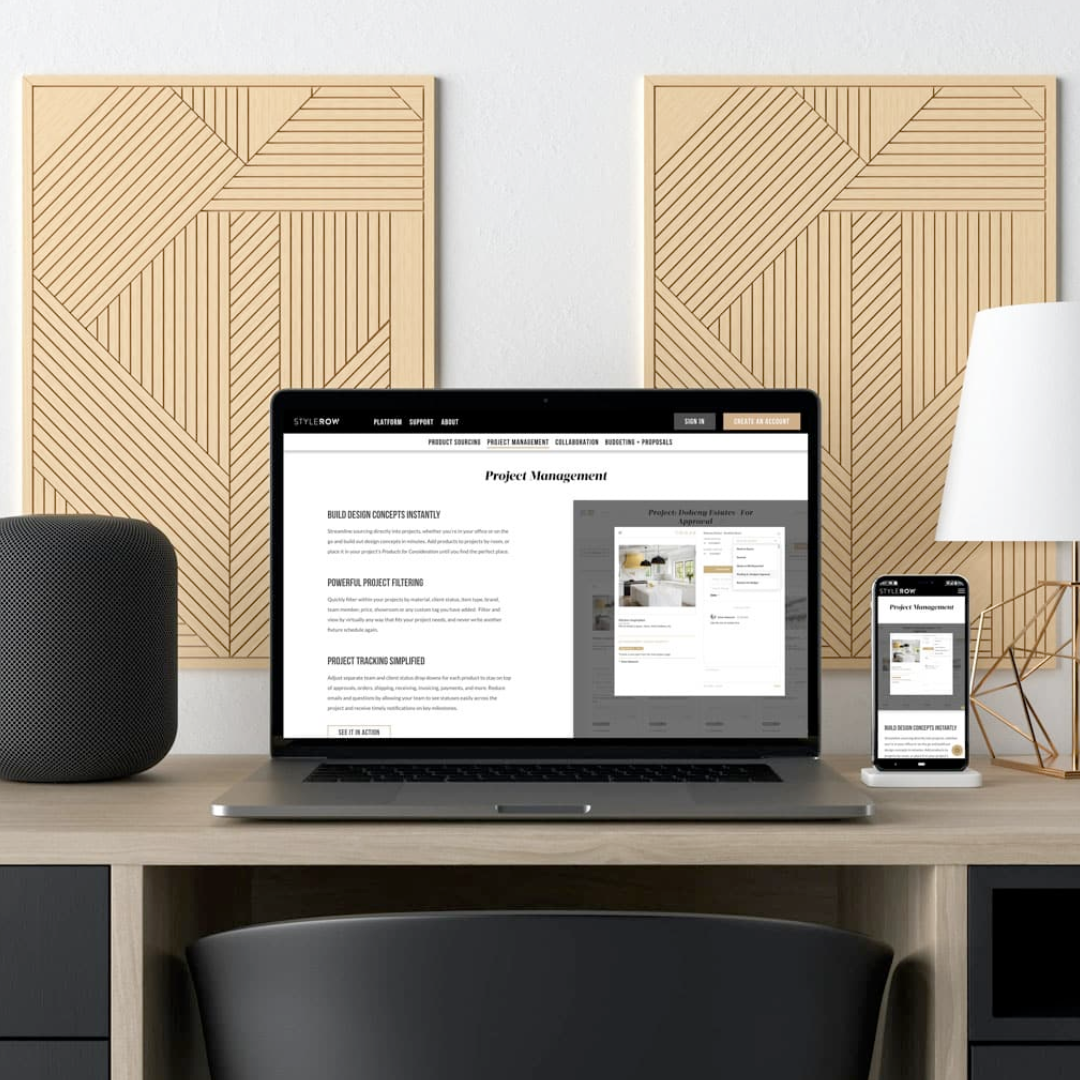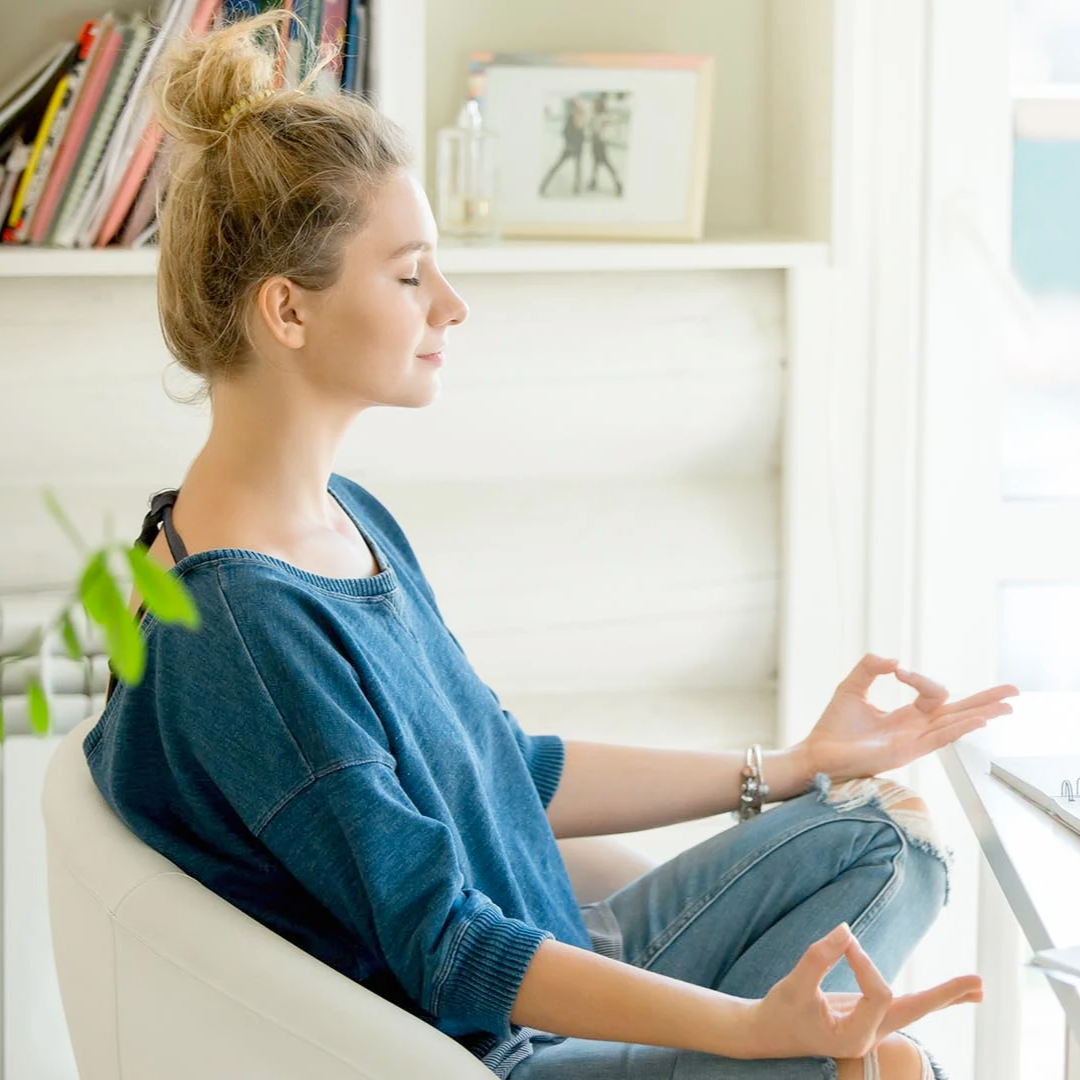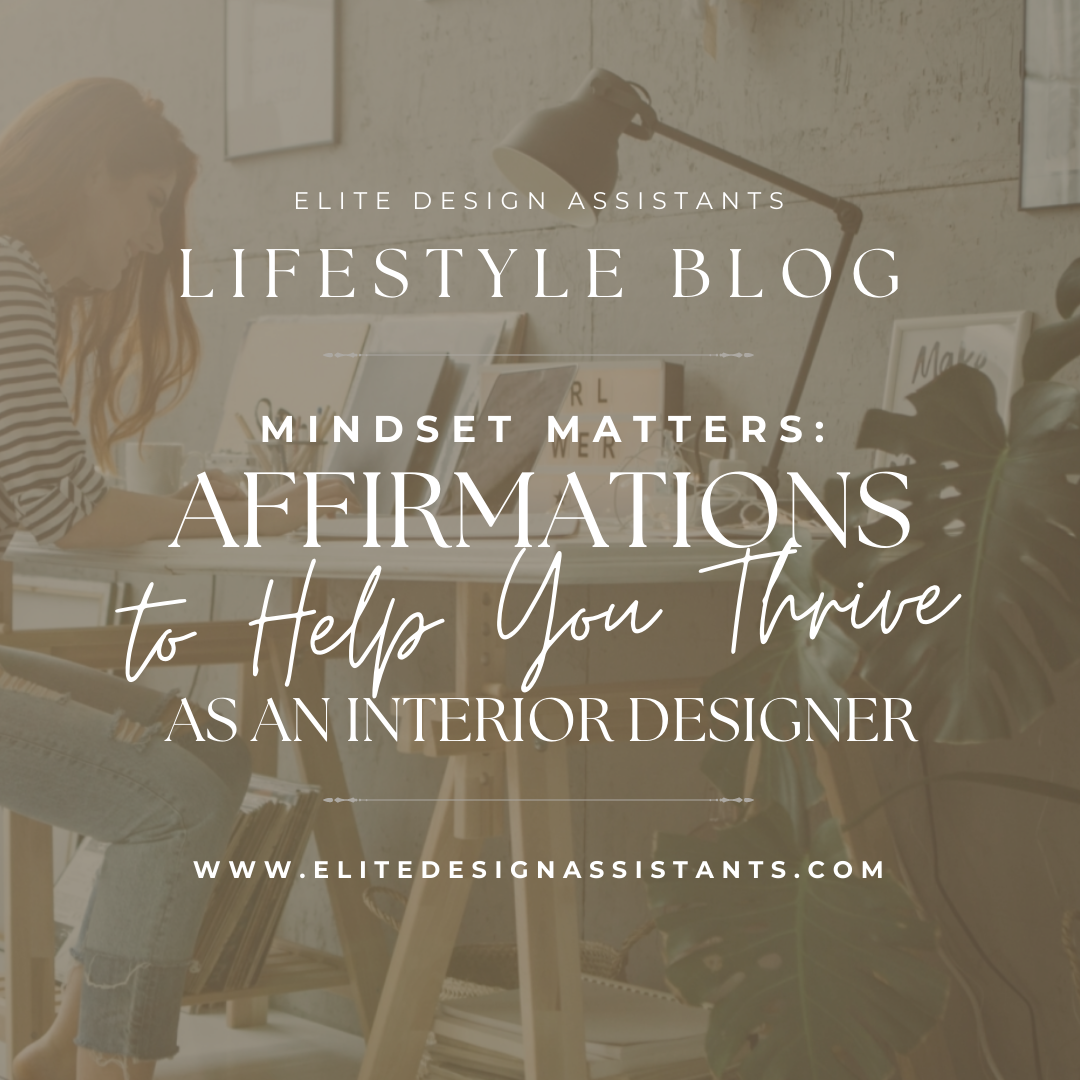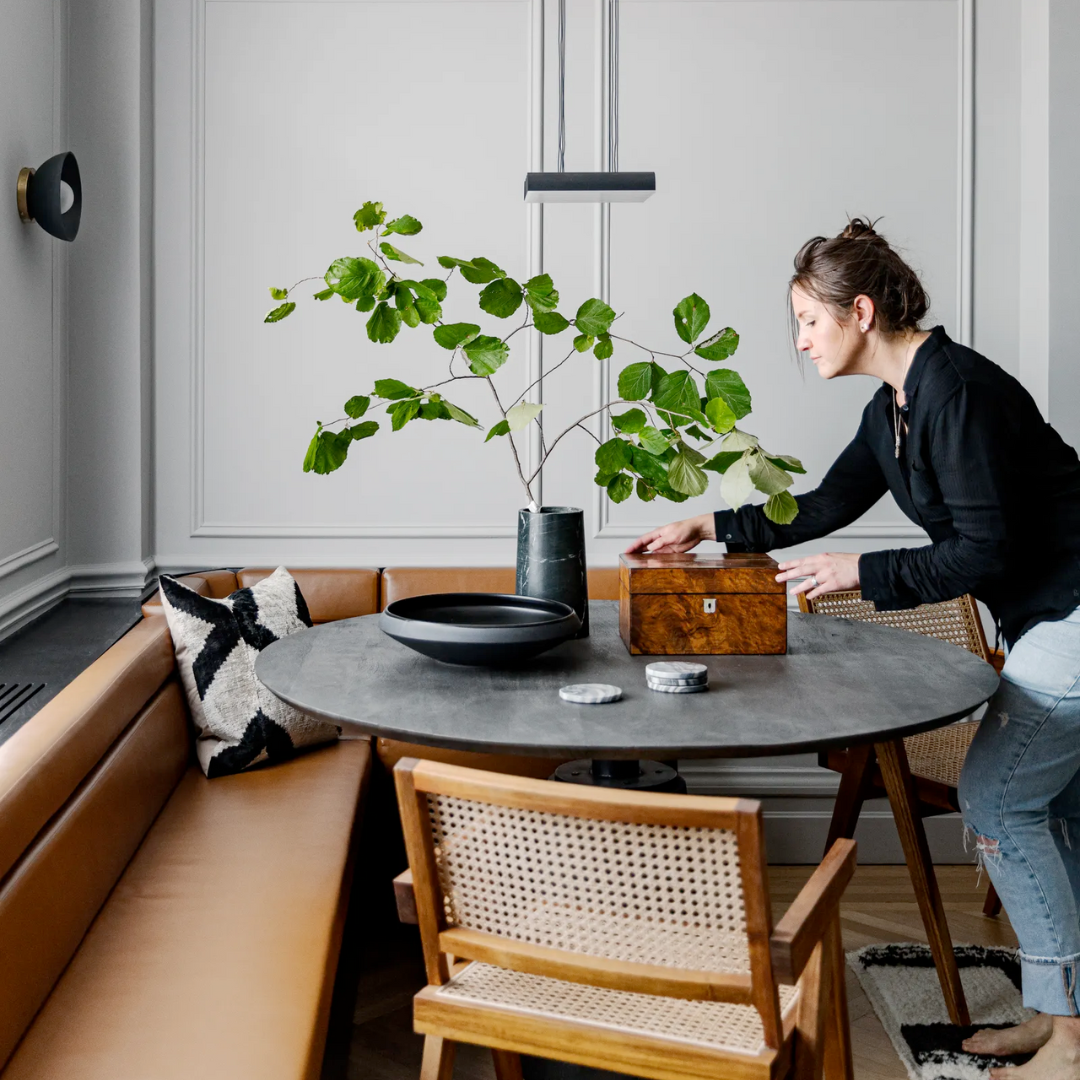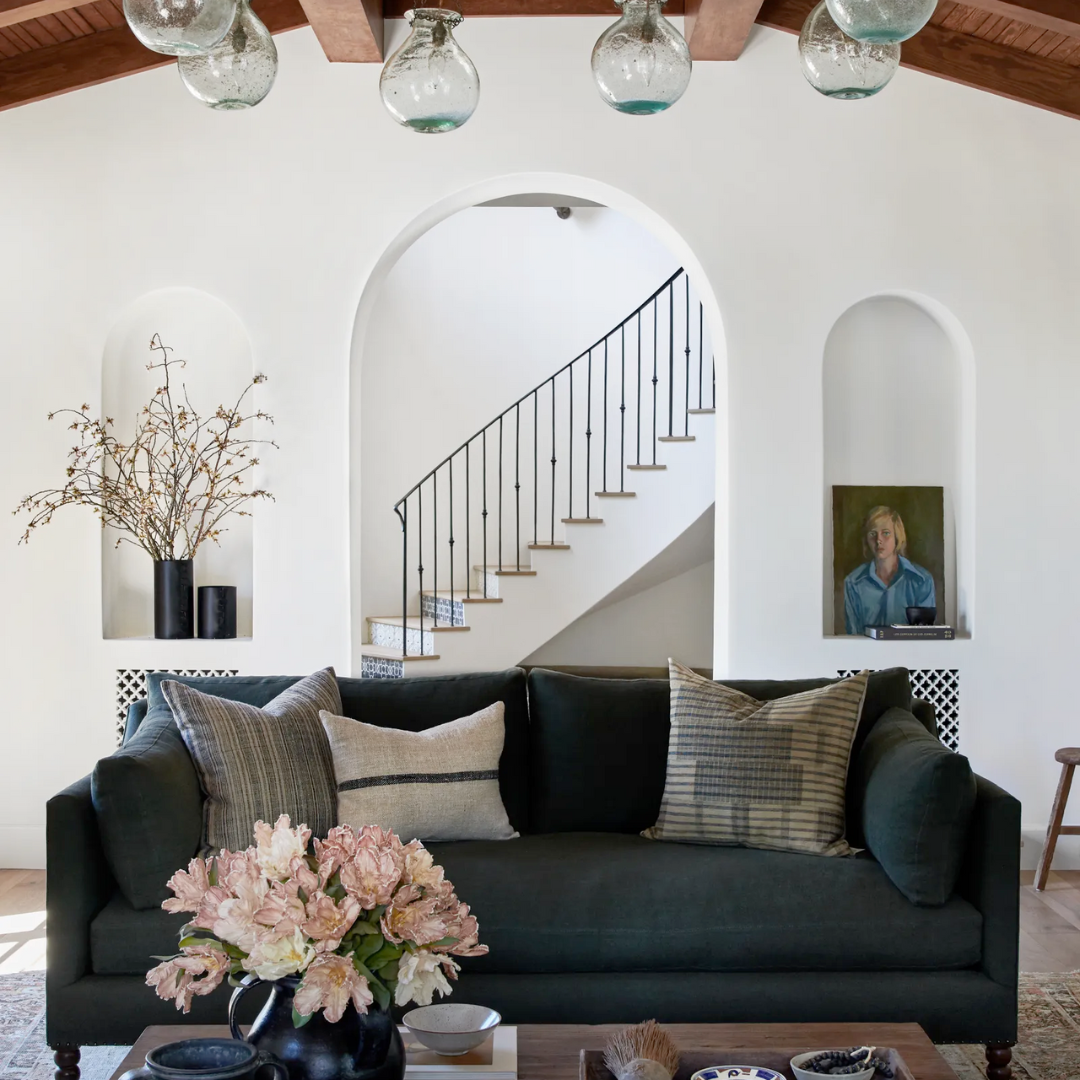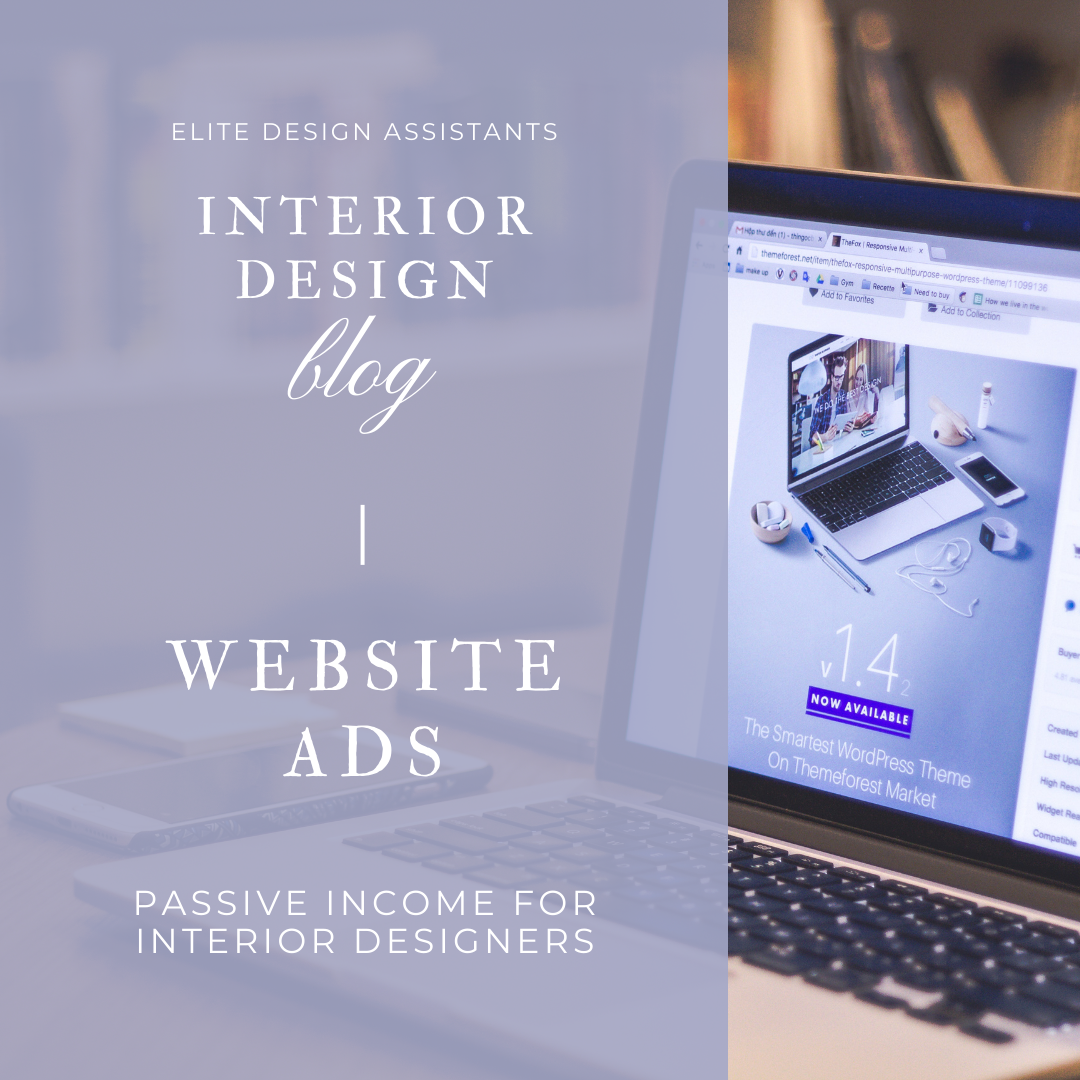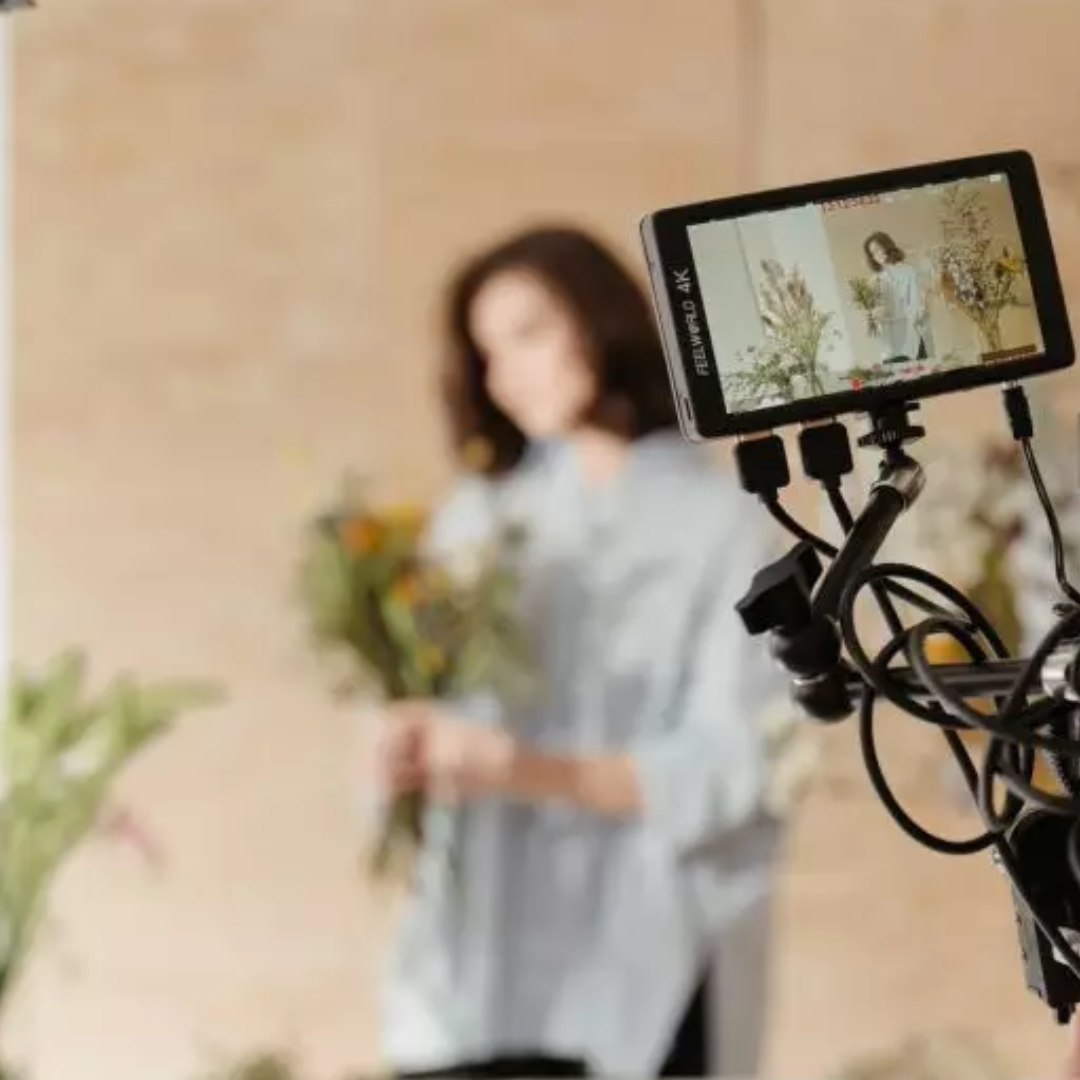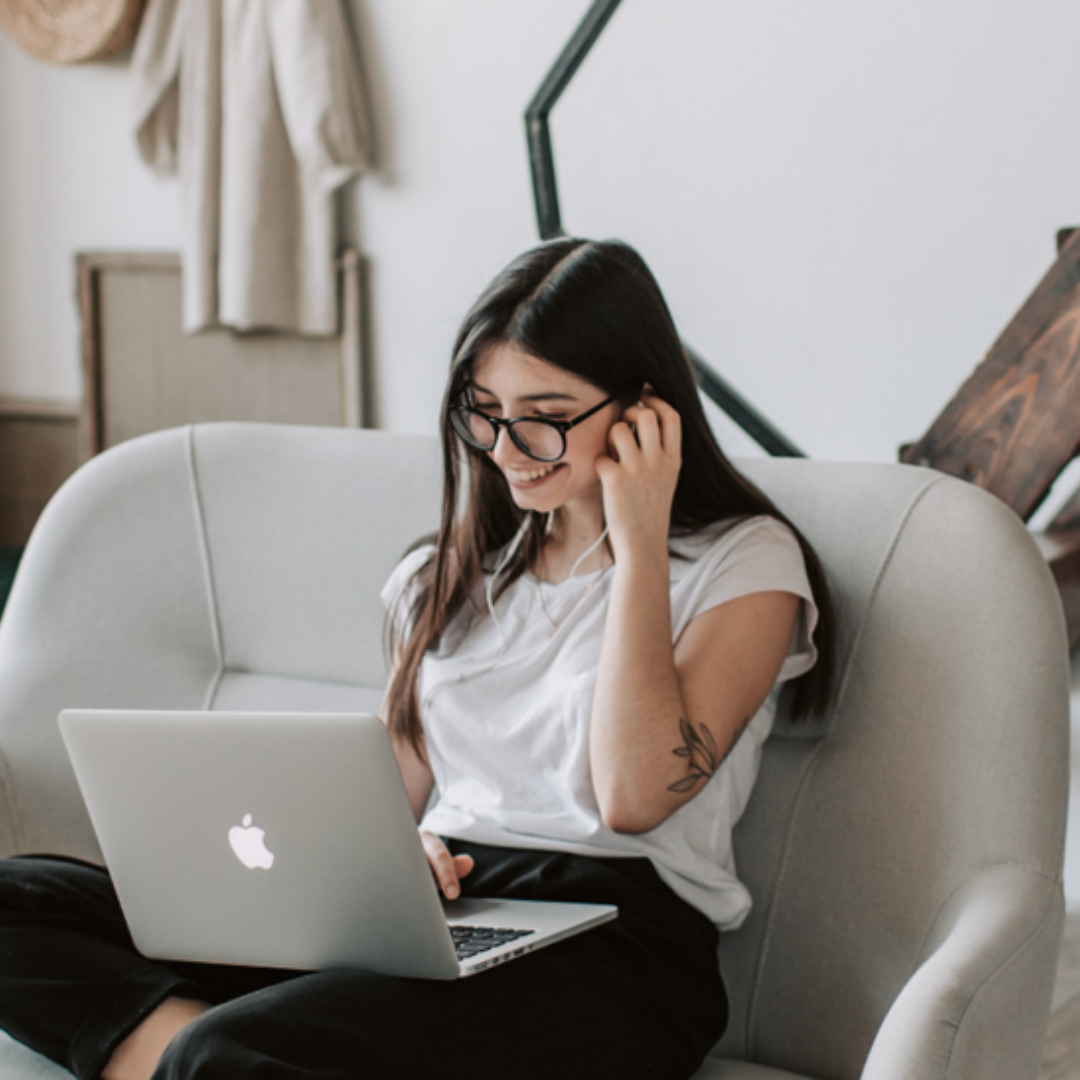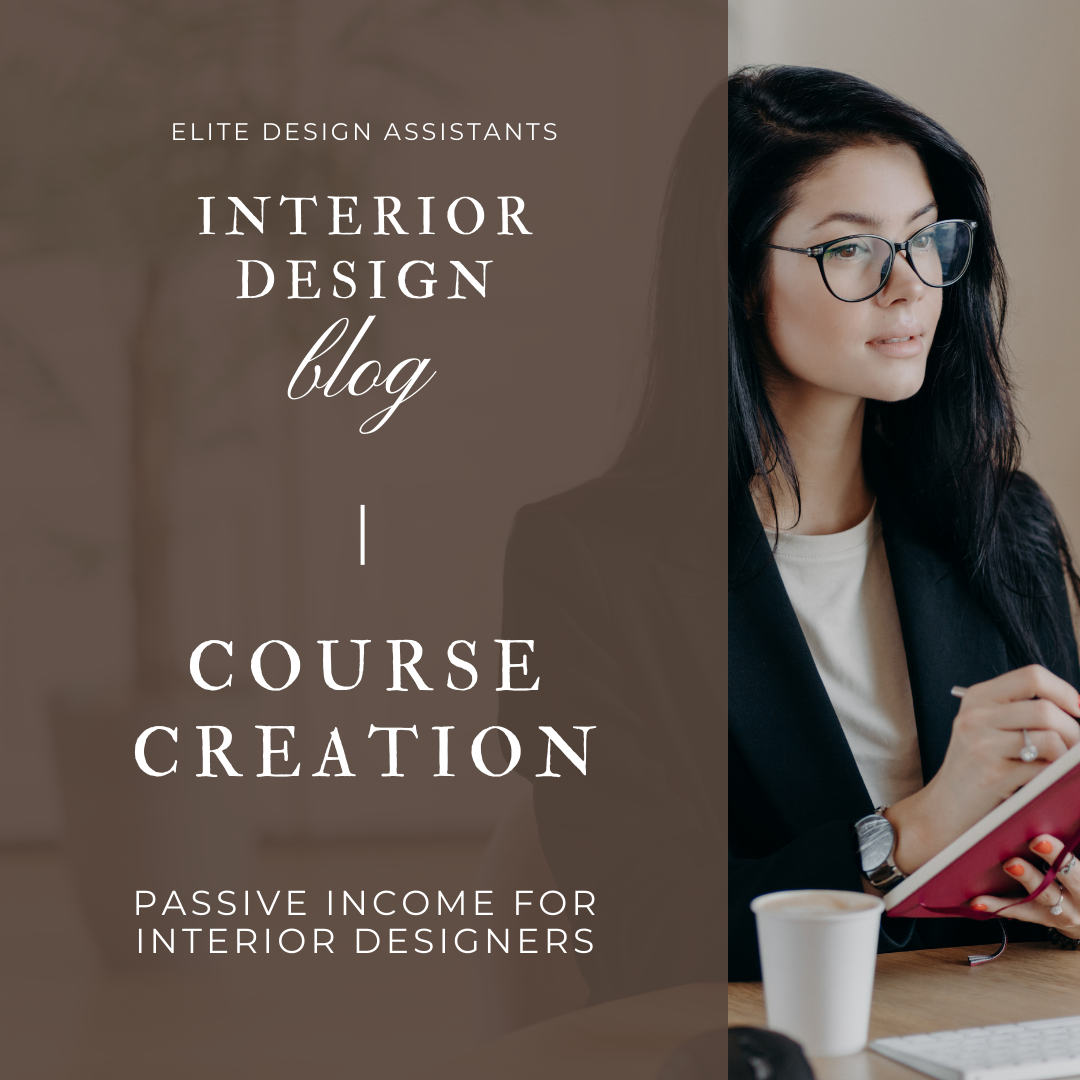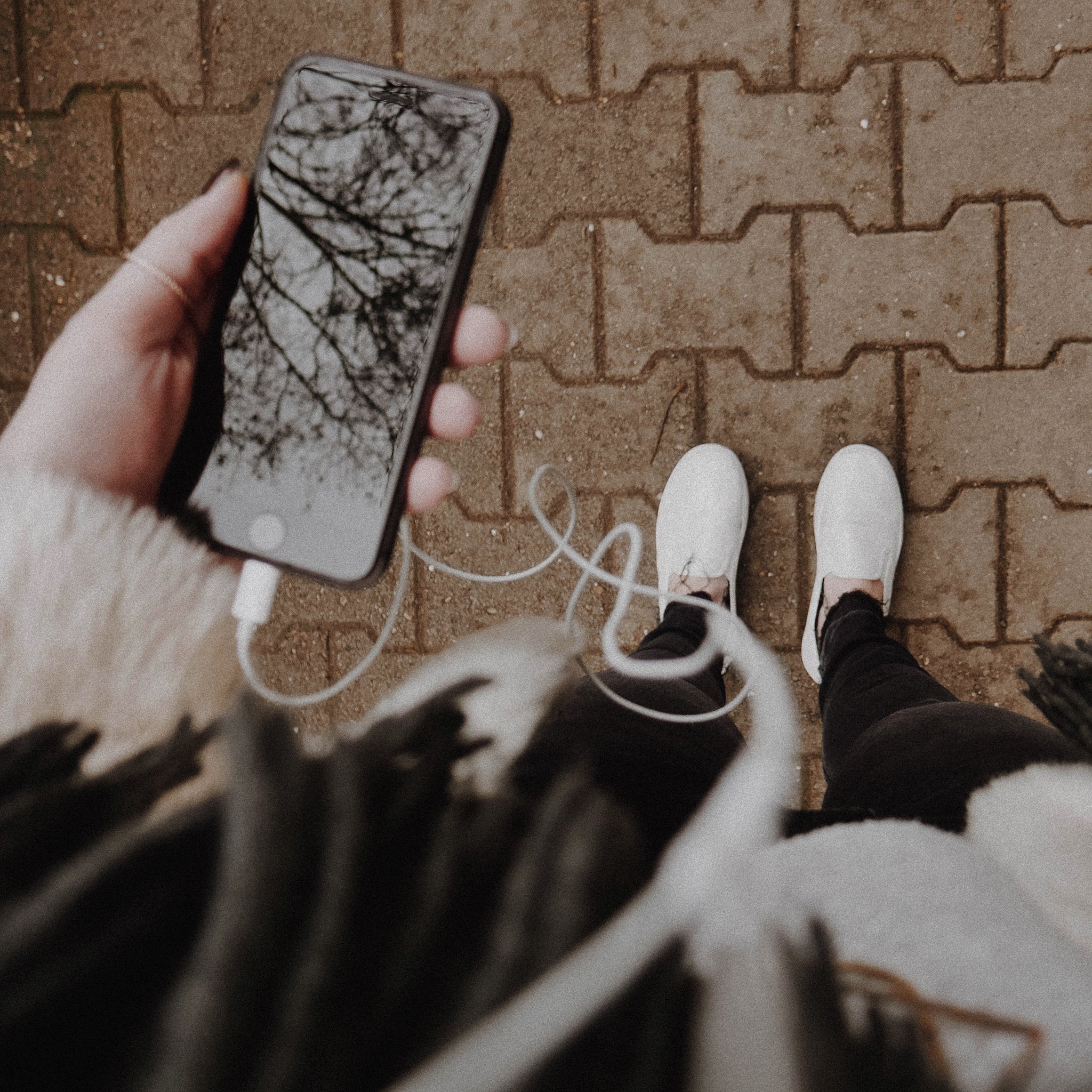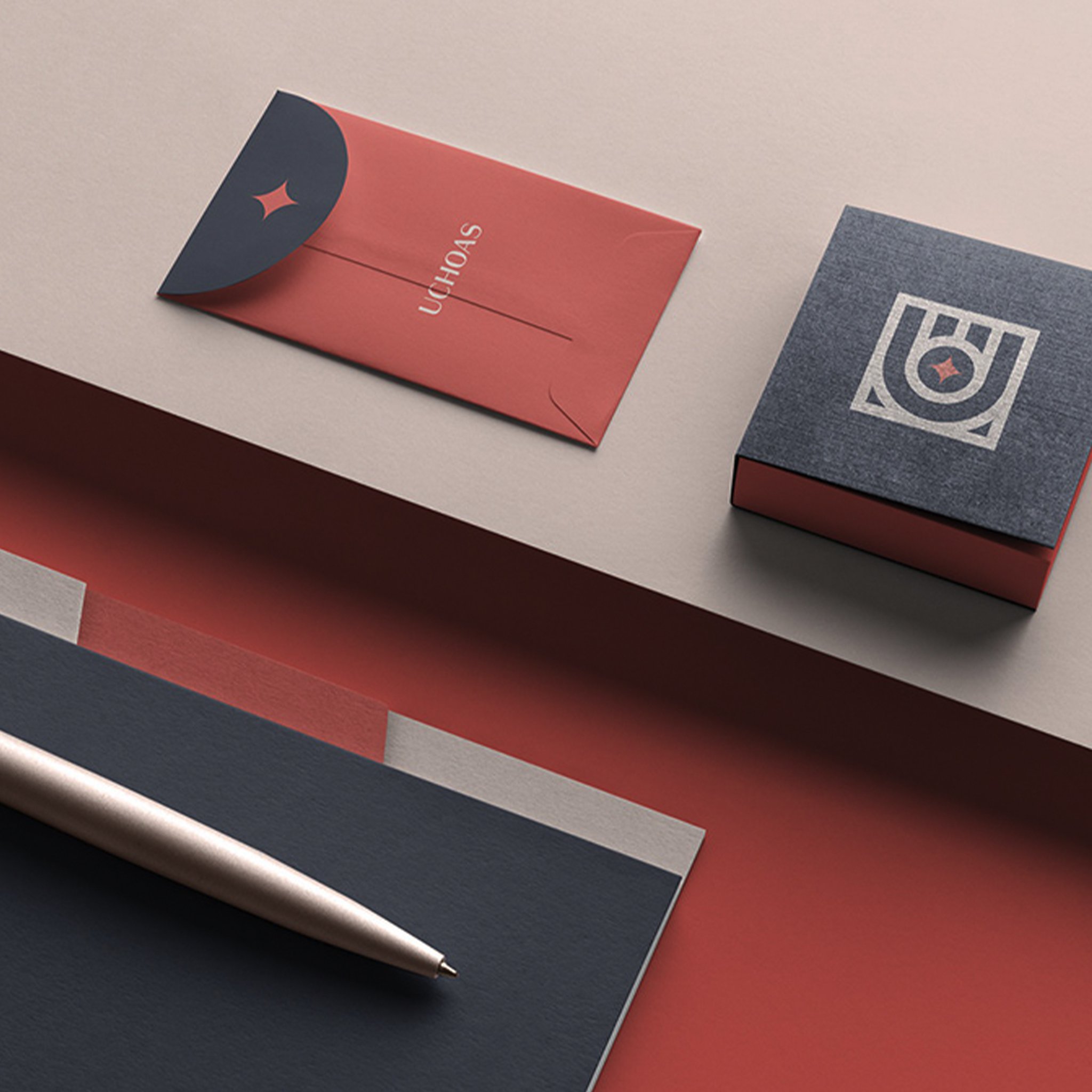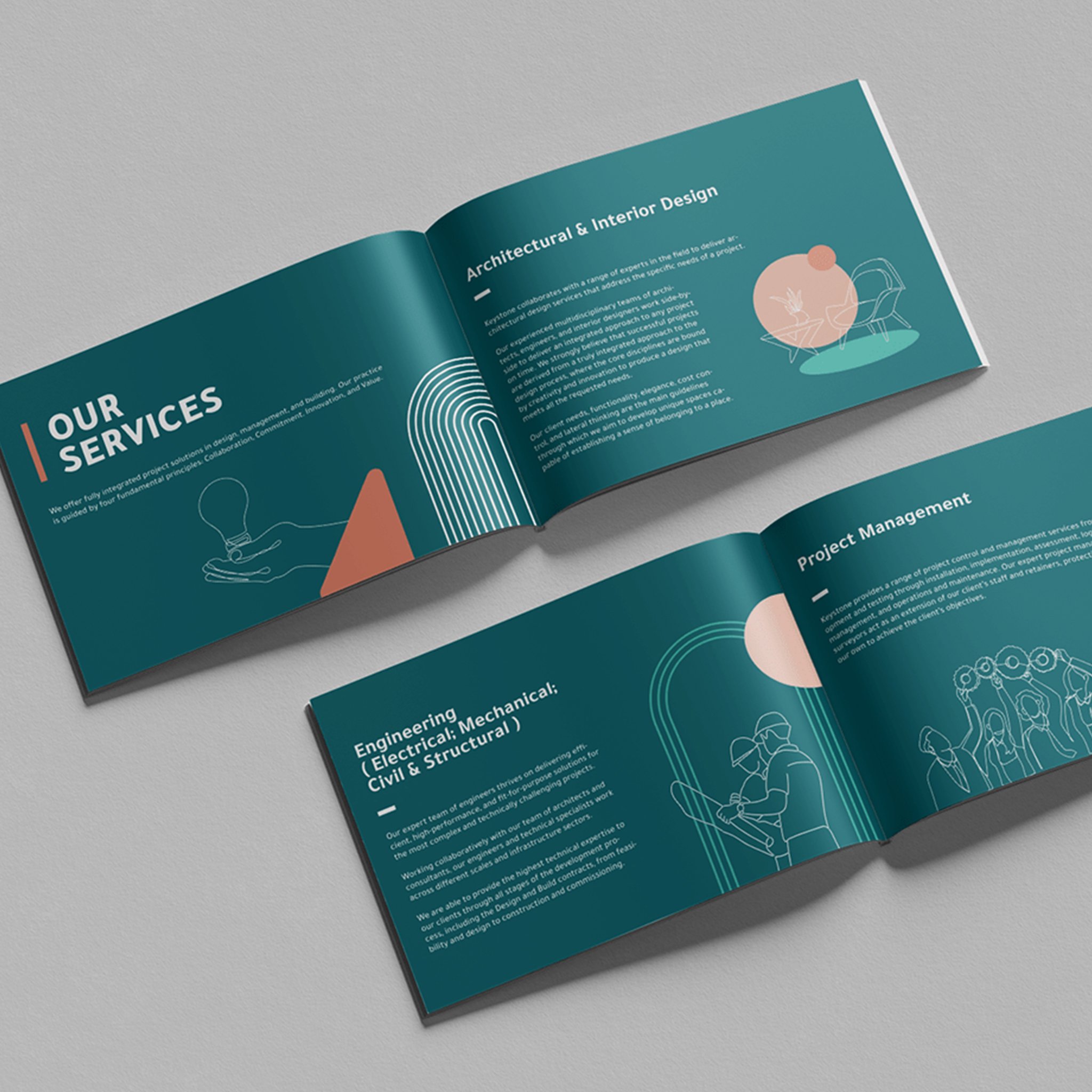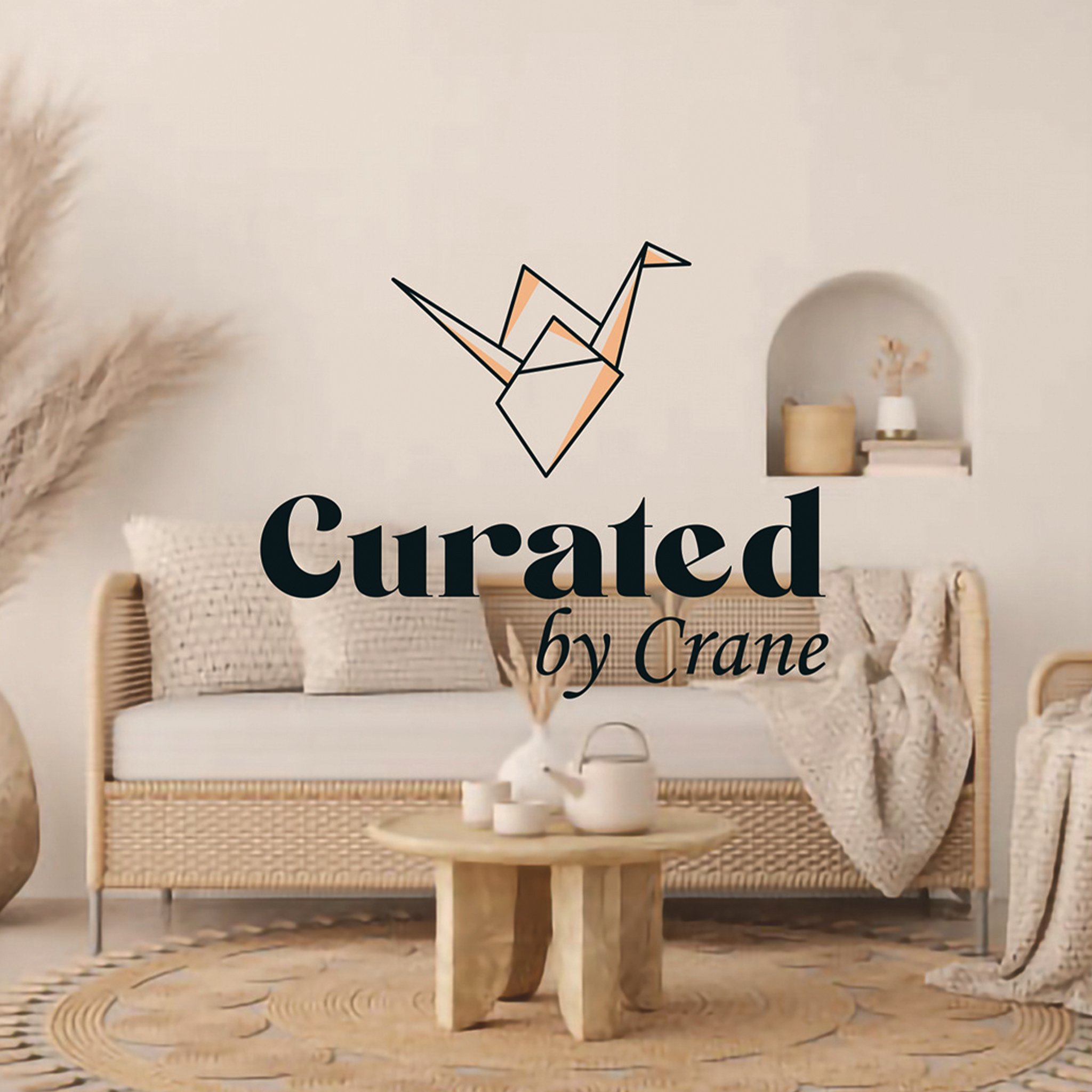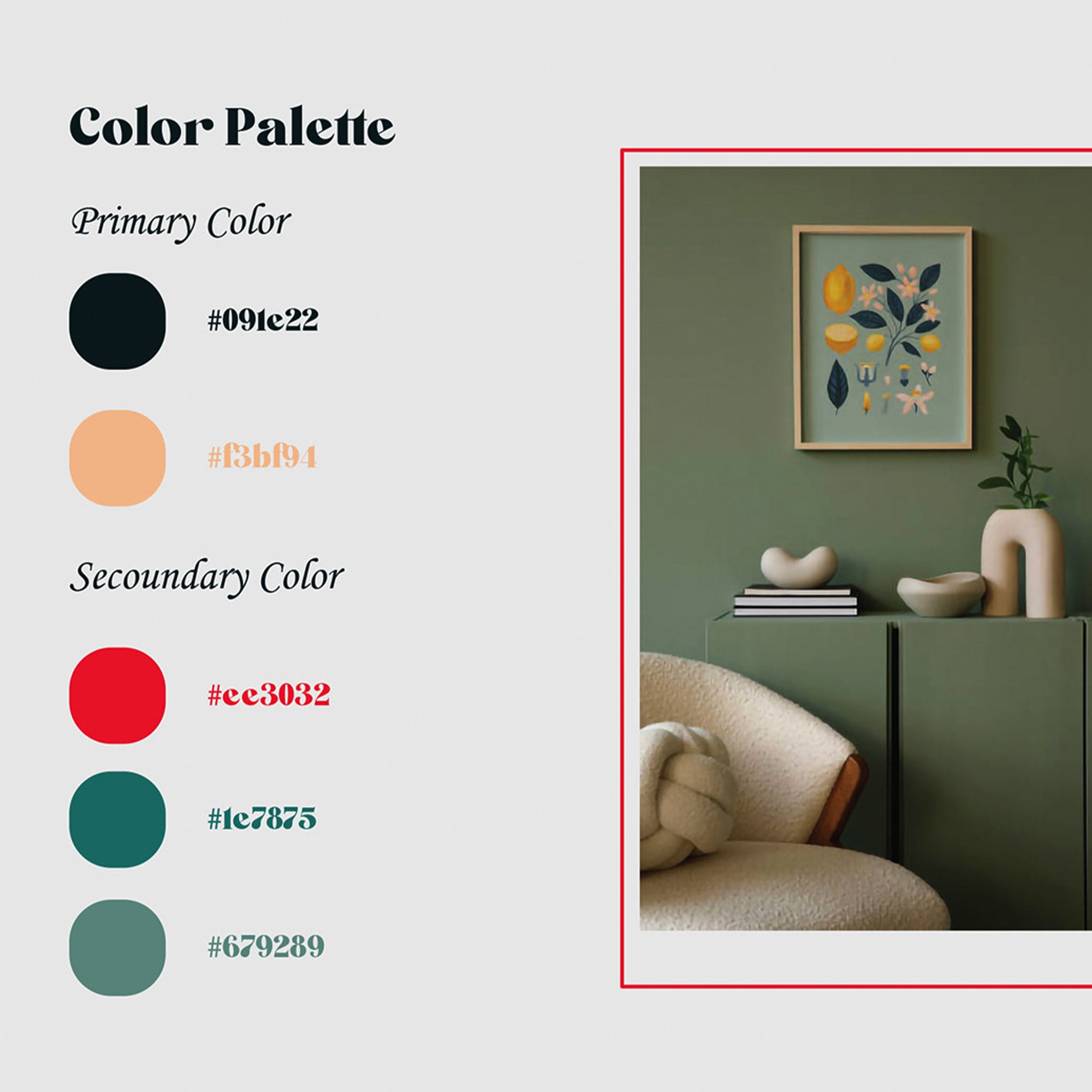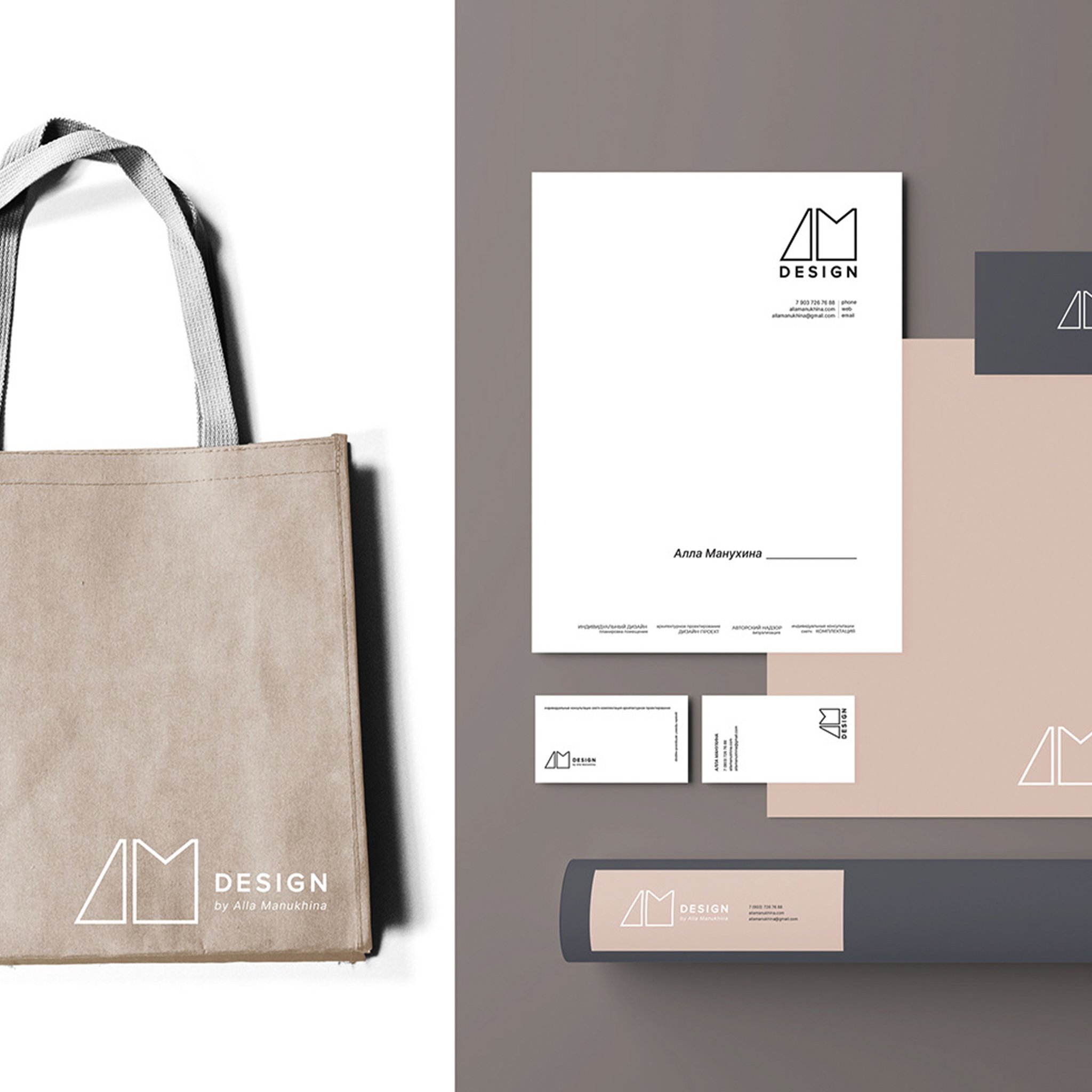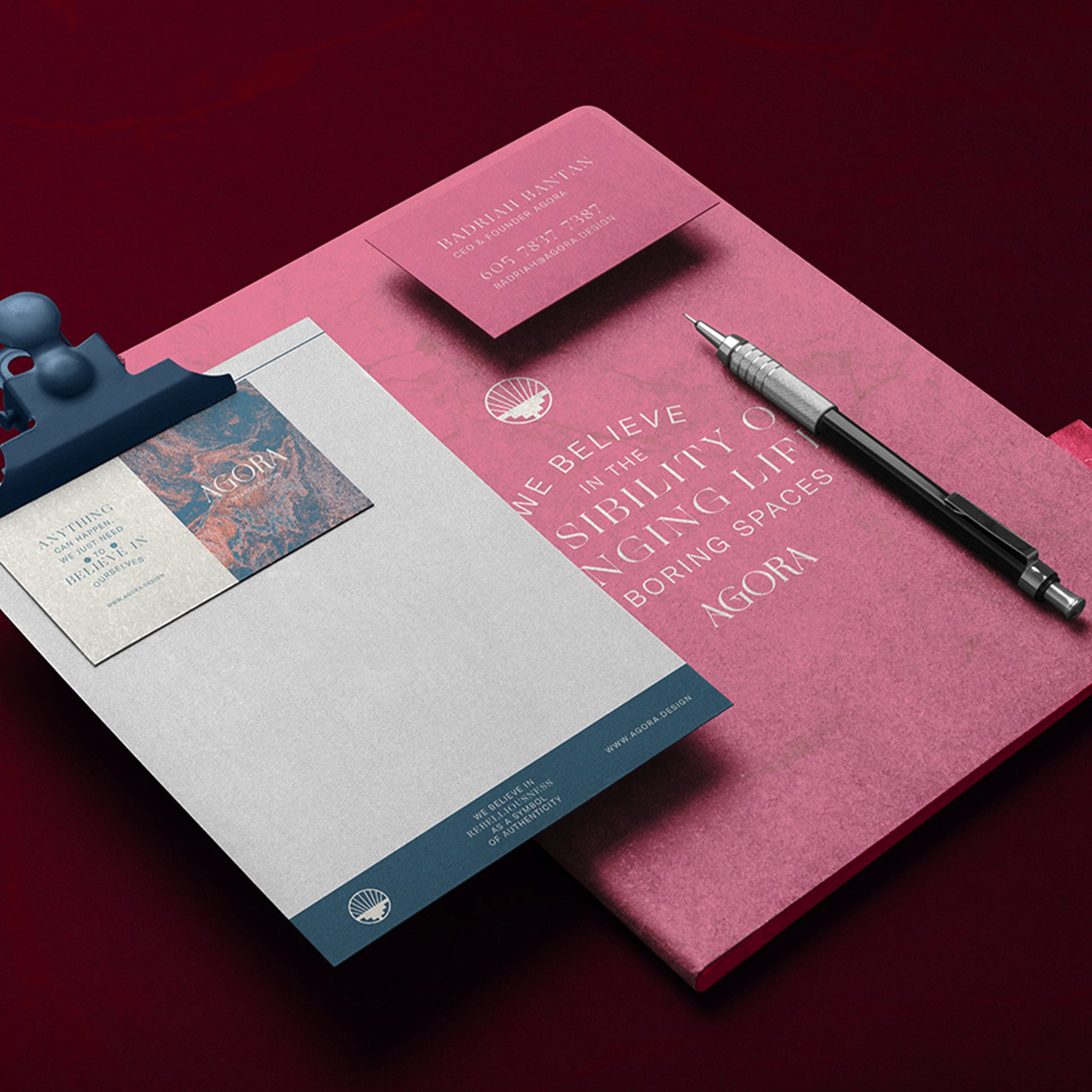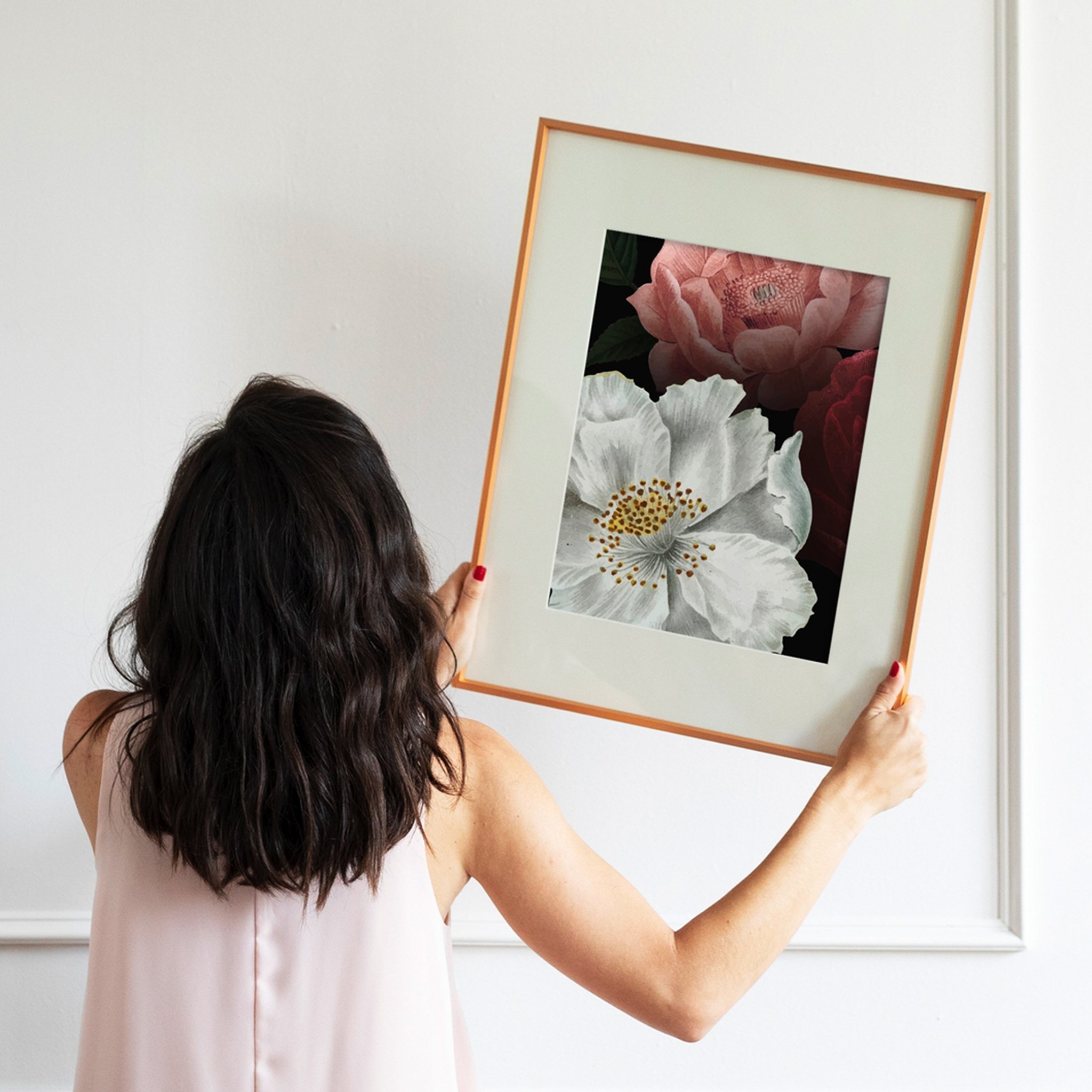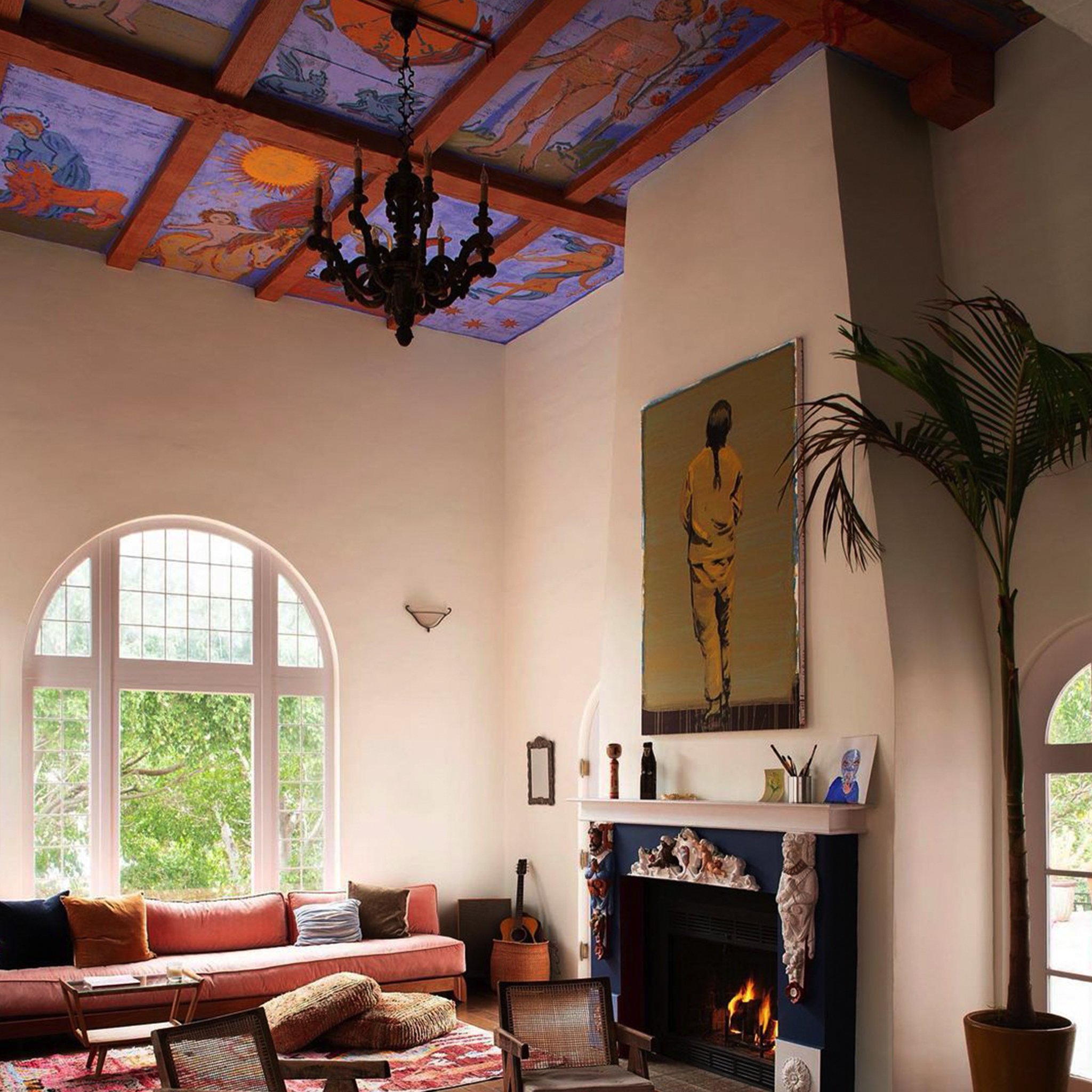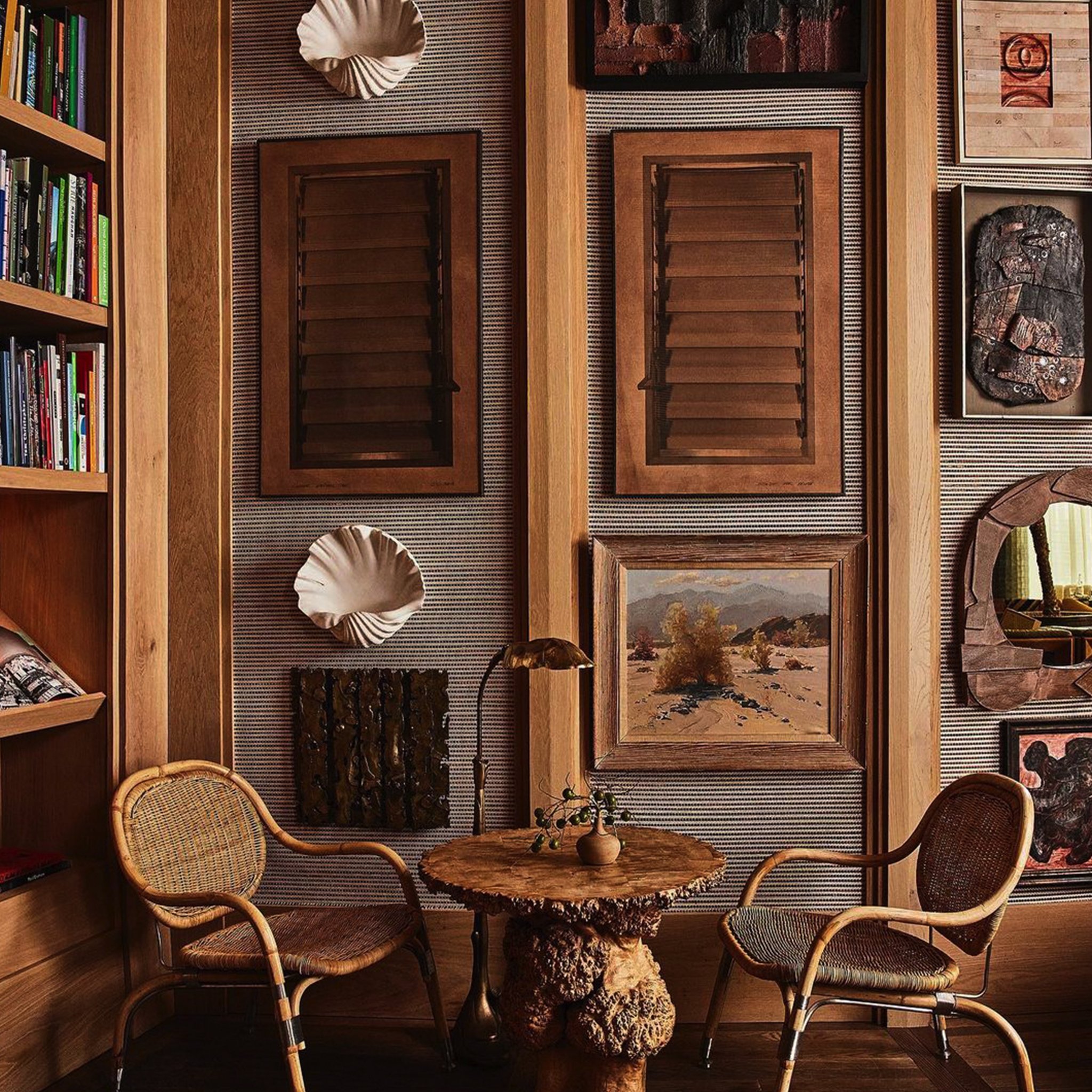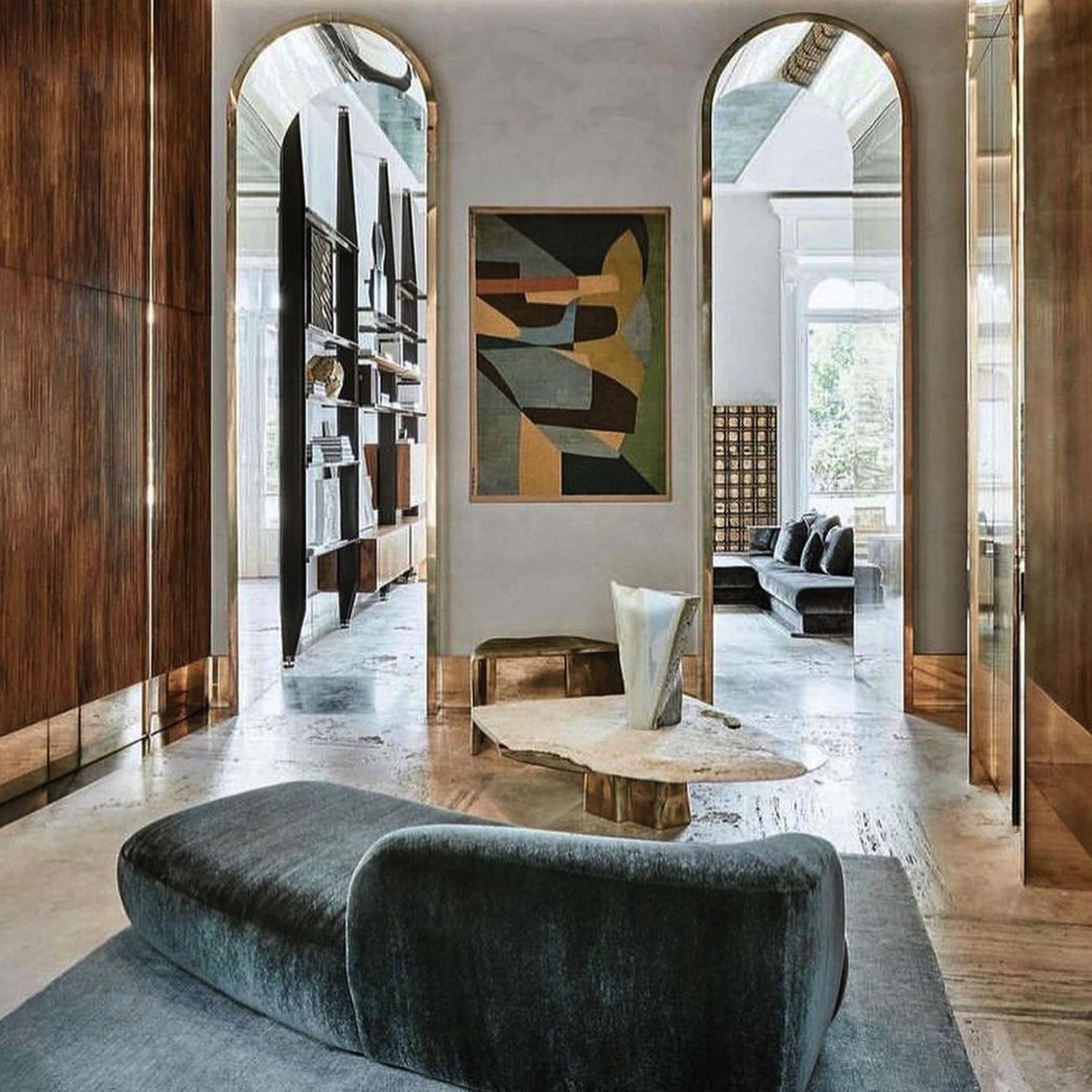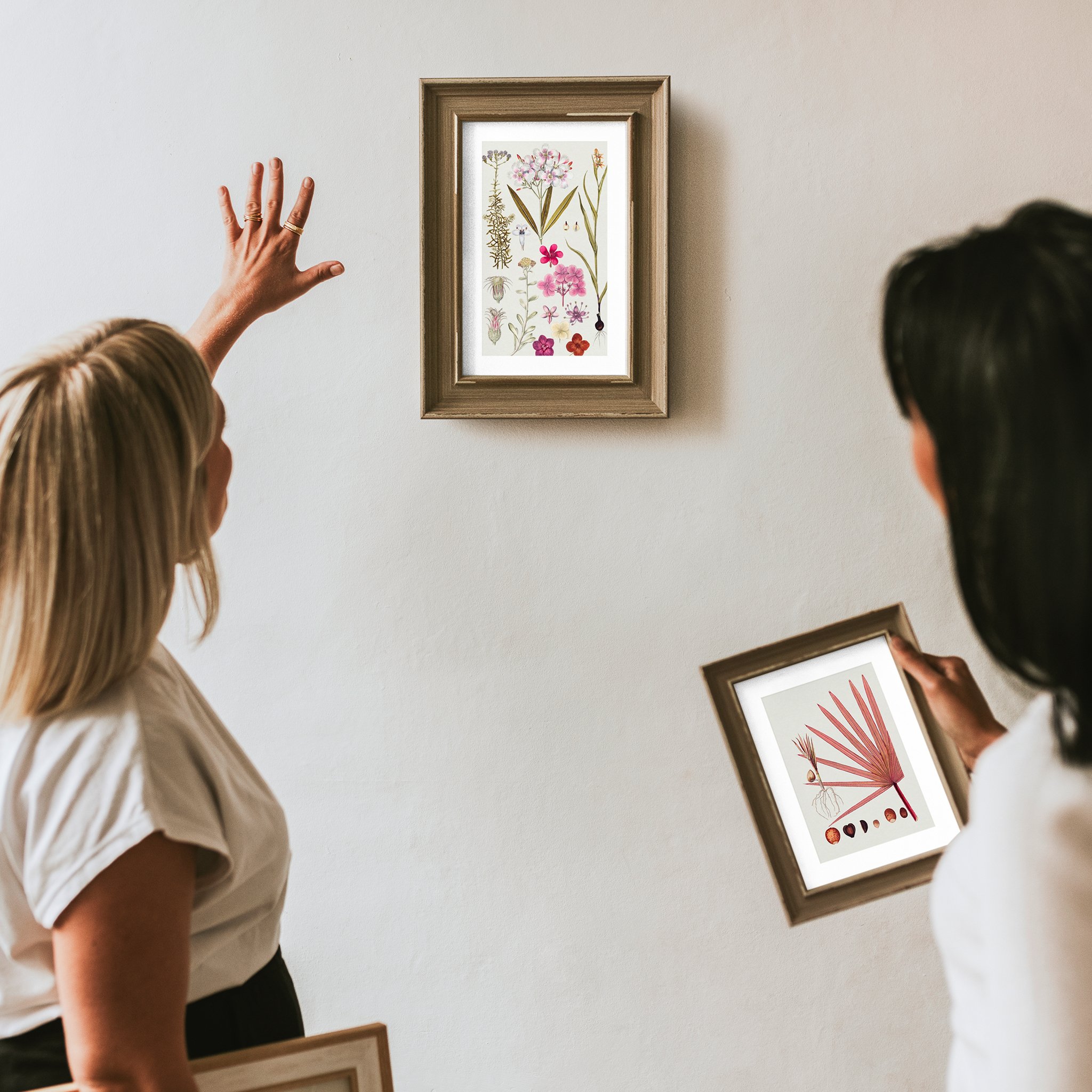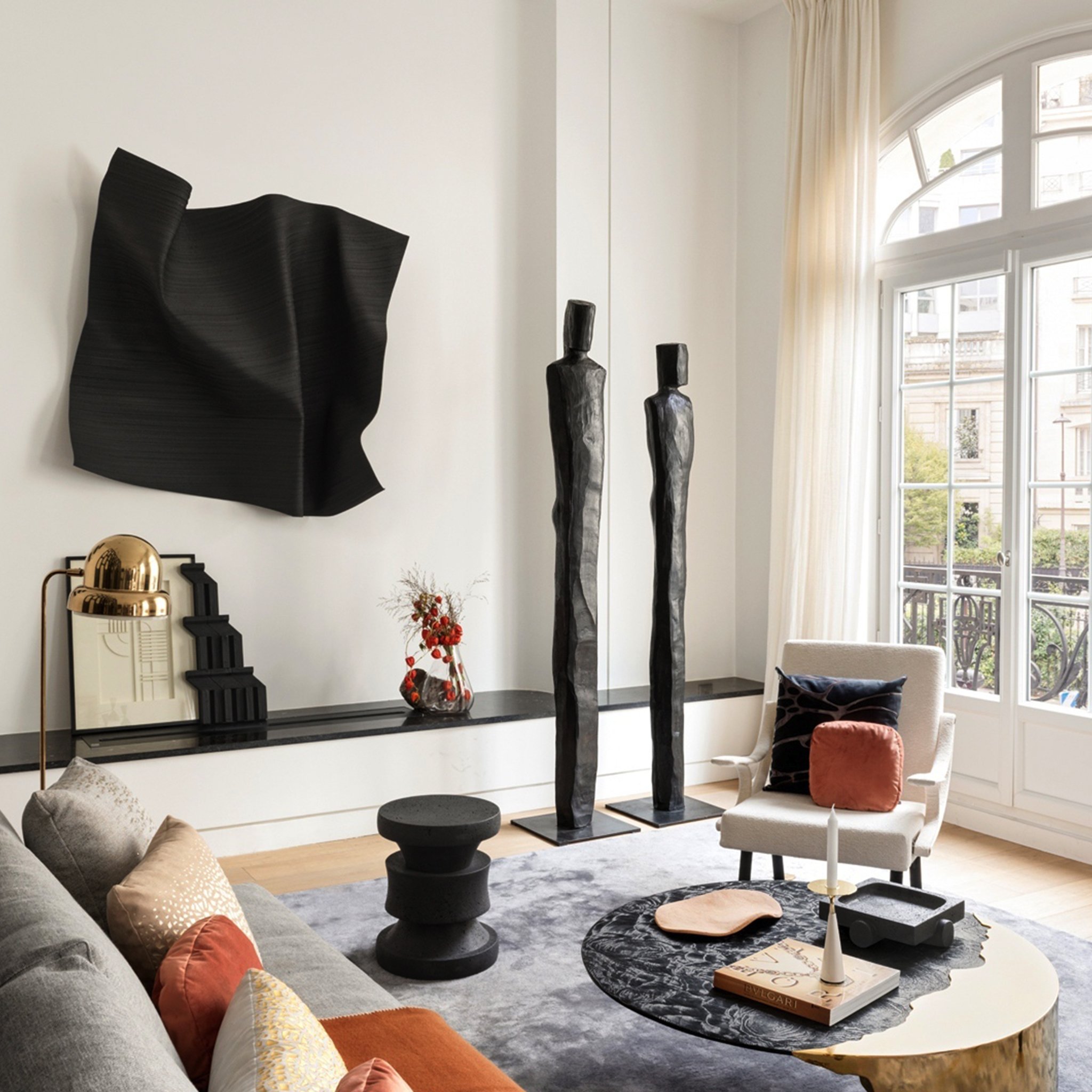8 Benefits to Hiring an Interior Design Stylist
/Among the many different hats that participate in an interior design project, there is someone, like a behind-the-scenes magician, who has the powerful ability to spin a cohesive and visually compelling narrative with an apparent wave of their wand. I’m talking about an interior stylist, a role that goes under-appreciated all too often. But you might wonder, given your own keen sense of style, what value does an interior stylist add?
What’s the difference between an interior designer and an interior stylist?
Interior designers, often backed by formal education and certifications, tend to focus on the structural and functional design of spaces, tackling complex renovation projects with an eye for building codes and architectural nuances. Interior stylists, on the other hand, have mastered the more visual and decorative aspects, bringing spaces to life for photoshoots, events, and daily enjoyment. They skillfully curate decor, textiles, and accessories to create aesthetically pleasing settings without the need for formal certification. Their flexibility in project scope, rates, and timelines offers a distinct approach compared to the structured, regulated projects managed by interior designers.
What are the benefits of hiring an interior stylist?
Efficiency: Whether you’re racing against a looming project deadline with last-minute accessory needs or seeking an adept hand for photoshoot day, enlisting an interior stylist can really streamline your process and save you precious time.
Broaden Your Horizons: Interior stylists bring fresh eyes and innovative ideas into your project, broadening the scope of possibilities for enhancing your space's visual allure.
Art of Styling Mastery: While it might seem obvious, the nuanced art of styling—think arranging shelves, tables, and spaces—is a specialized skill that not all interior designers have the luxury of time to perfect. Interior stylists excel in this arena.
Trend Savvy: Always ahead of the curve, stylists have a unique understanding of current and emerging design trends, seamlessly integrating them into your space to ensure it feels both modern and timeless.
Resourcefulness: Their toolkit includes extensive networks of suppliers and artisans, stylists are often able to unearth distinctive pieces that introduce character and uniqueness to your design, including items not accessible to the general public.
Ready for Spotlight: Seasoned interior stylists are used to working closely with photographers, brands, and editorial teams. When aiming for publication or to make a splash in marketing materials, stylists ensure your space is photogenic and polished, enhancing its appeal and the likelihood of being featured.
Attention to Detail: With an eye for the minutiae, stylists can transform a room through the meticulous selection and placement of accessories, lighting, and art, elements that might be overlooked but can significantly impact the overall feel of a space.
Collaborative Networking: Working with an interior stylist is a chance for mutual promotion. By sharing and crediting each other's work on social media, both parties can extend their reach and open new networking opportunities, enhancing project visibility and fostering industry connections efficiently.
So, how can you find the right interior stylist?
Start by diving into social media platforms and design websites, where many stylists showcase their portfolios. Instagram, Pinterest, and Houzz are great places to see their work in action and get a sense of their style and creativity. Don't hesitate to ask for recommendations from friends or colleagues who have embarked on similar projects; word-of-mouth can lead you to talented professionals whose work aligns with your vision. When you connect with potential stylists, discuss your project goals and preferences openly—this conversation can give you a clear insight into their approach and whether it meshes well with your expectations. Remember, a good fit goes beyond aesthetics; it's about finding someone whose communication style and project management skills align with yours, ensuring a smooth and collaborative experience.
Things to keep in mind…
Make sure you're on the same page with your stylist about how much or how little you want the space styled, as well as the aesthetic direction, so the decor fits just right without overshadowing your design.
Stylists' pricing can vary widely based on their experience, the project's scope, and even the location. This means that hiring a stylist is an investment that requires careful consideration. It's important to weigh the stylist's rates against the value they bring to your project.
Deciding to bring an interior stylist on board for your project's photoshoots often hinges on a few key factors: the interior designer's own confidence in their styling prowess, the allocated budget, and what you're aiming to achieve with the shoot. If the goal is to produce top-tier, publication-ready images that could draw in more clientele or spotlight your work, then investing in a stylist could pay off. On the flip side, if you're confident in your own styling skills and have a solid plan for the shoot, more power to you!
xx, Danae

